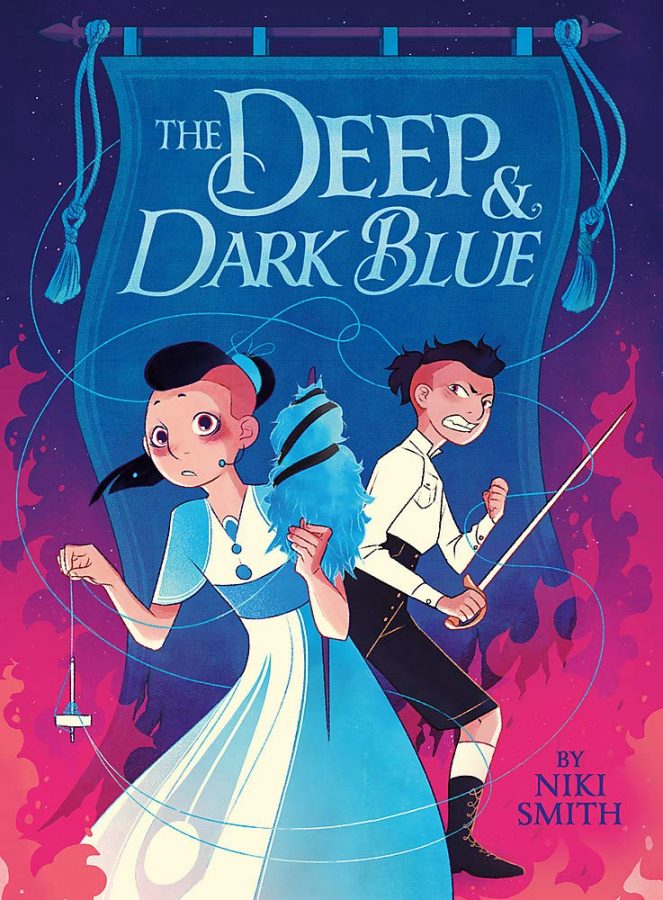Monday, May 15, 2006
 As the campus health educator one of my jobs is to help smokers quit. During this academic year alone, over 40 smokers have come in for assistance. I wish I could say they are all non-smokers now, but as we know smoking is a very difficult habit to break.
As the campus health educator one of my jobs is to help smokers quit. During this academic year alone, over 40 smokers have come in for assistance. I wish I could say they are all non-smokers now, but as we know smoking is a very difficult habit to break.
Many tobacco smokers I talk to also smoke other things, including marijuana and hookah. Most people think that these products are “healthier” than cigarettes. I did a little research and here’s what I found.
Marijuana: While marijuana doesn’t contain the tar and nicotine found in tobacco, it still has a variety of chemicals that can irritate the lungs. Marijuana smoke is usually inhaled more deeply and held longer than tobacco cigarettes, but most marijuana smokers don’t smoke as often as cigarette smokers. For this reason, marijuana-only smokers probably aren’t exposed to as much smoke as cigarette smokers.
Pre-cancerous cells have been found in the lung tissue of marijuana smokers, so lung cancer due to marijuana smoking can’t be ruled out. Marijuana seems to affect the larger airways of the lungs and not the very small, peripheral airways, so the risk of getting diseases like emphysema and bronchitis aren’t as great for people who only smoke marijuana.
Hookah: Some version of the water pipe (also known as hookah, sheesha, goza, and narghile) has been used in Asia and Africa for centuries. According to the World Health Organization (WHO), the first water pipe was invented in India in the 1500’s by a physician who believed that the water filtered out the dangerous chemicals in tobacco smoke. Unfortunately, the good doctor was wrong.
While the water absorbs some of the nicotine in tobacco, enough of it is still inhaled to cause physical dependence. And the water doesn’t filter out any of the other toxic substances-including carbon monoxide and heavy metals-contained in the tobacco and its smoke. Hookah smokers are also exposed to additional toxic chemicals created from the charcoal or other product that is heated to burn the tobacco. Hookah smoking is most often done in a social setting, with several people sharing the pipe. Researchers found that a typical hookah smoking session lasts about an hour, and a person is actually exposed to much more smoke, both first- and second-hand, than a typical cigarette smoker.
When one shares the hookah’s mouthpiece with others, there is a risk of transmitting communicable diseases (cold, flu, tuberculosis). And finally, hookah tobacco is flavored with fruit pulp or syrup, making the smell and taste more appealing, but it is tobacco nonetheless.
Smokeless tobacco: Snuff and chewing tobacco aren’t risk-free products, either. Both products deliver higher doses of nicotine than cigarettes (4.6 mg for chewing tobacco, 3.6 mg for snuff and 1.8 mg for cigarettes). Since the nicotine is the addictive substance in tobacco, quitting smokeless tobacco can be even harder than quitting cigarettes.
According to the American Cancer Society, the most serious health effect of smokeless tobacco is an increased risk of cancer of the mouth and pharynx (oral cancer), and cancer of the cheek and gums. Chewers and snuff users are also at a much greater risk of getting pre-cancerous sores in the mouth called leukoplakia. Receding gums, bone loss around teeth, stained teeth and bad breath are other common problems.
While most of the health risks are around the mouth area, researchers claim smokeless tobacco users-especially spit tobacco users-are also at risk for heart disease including high blood pressure.
The strategies for quitting tobacco-whether it’s smoked or chewed-are the same. There are many on-line and community cessation resources, or you can contact me in Health Services for free counseling and free nicotine replacement gum or patches.








